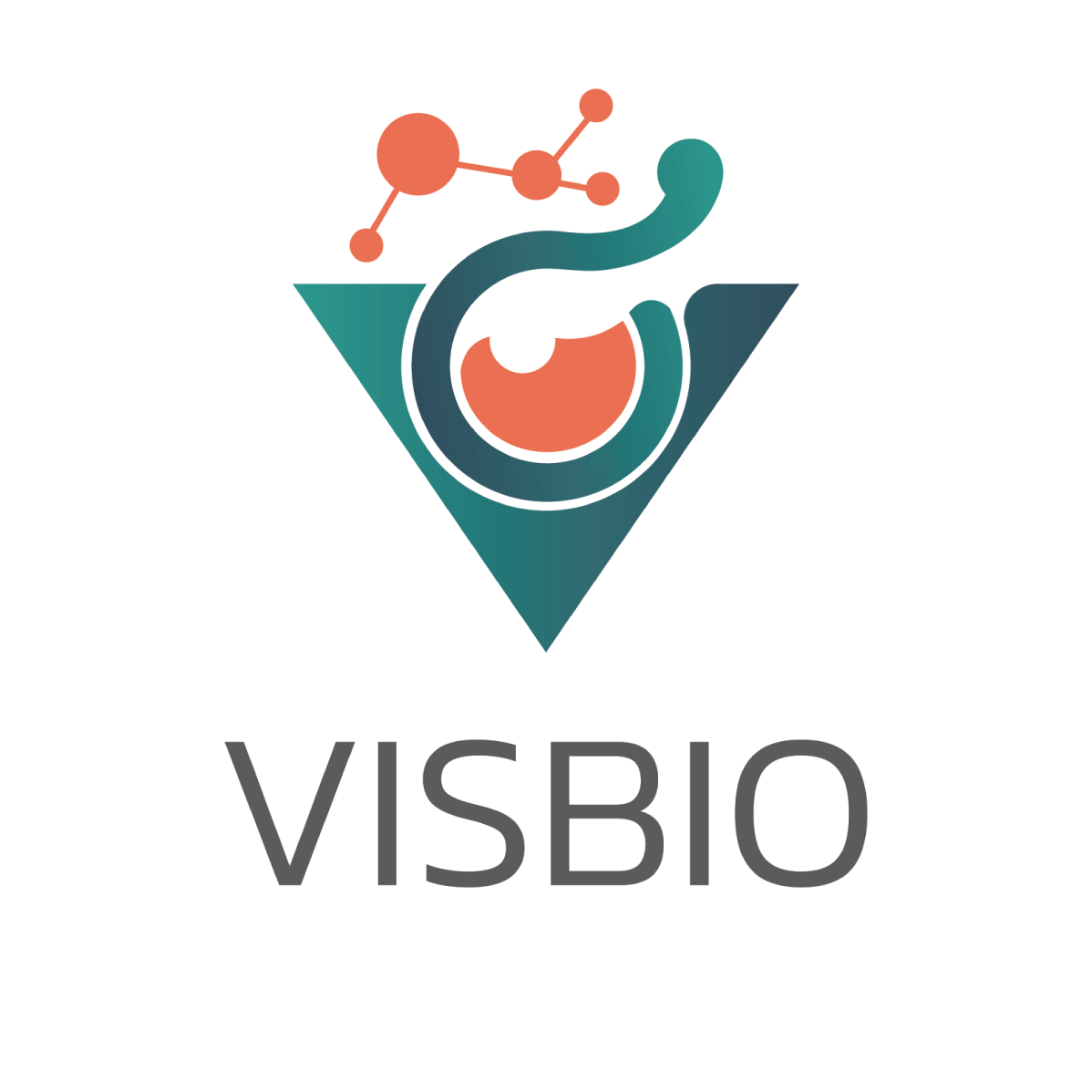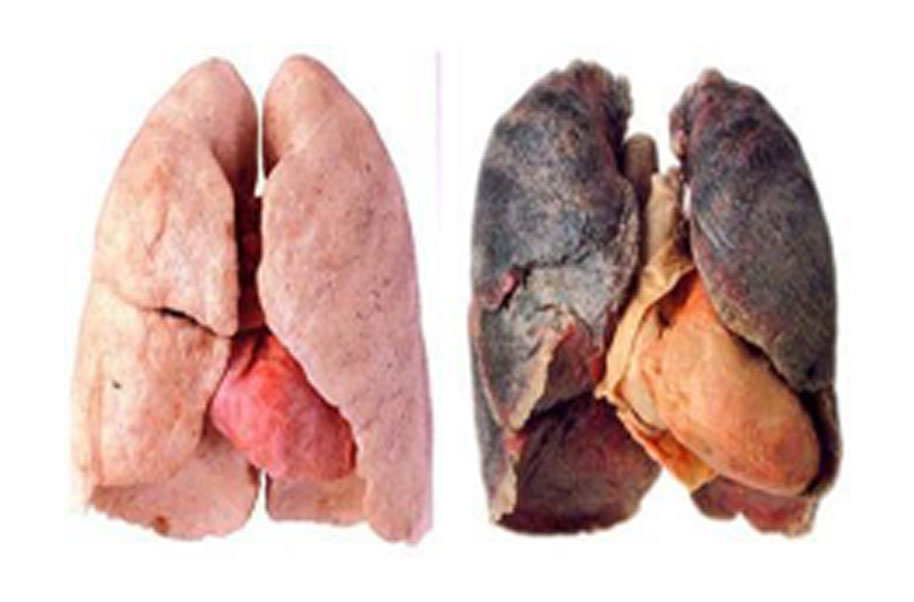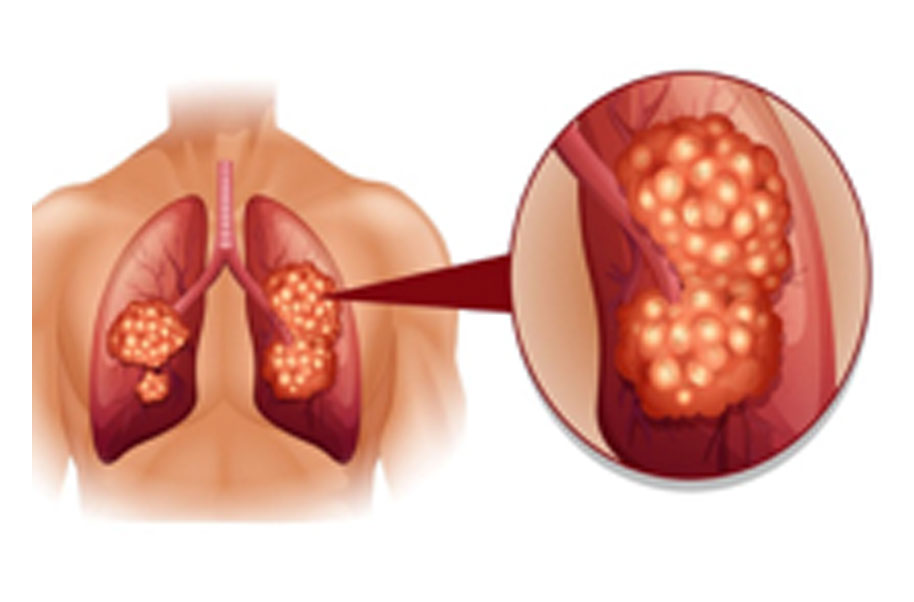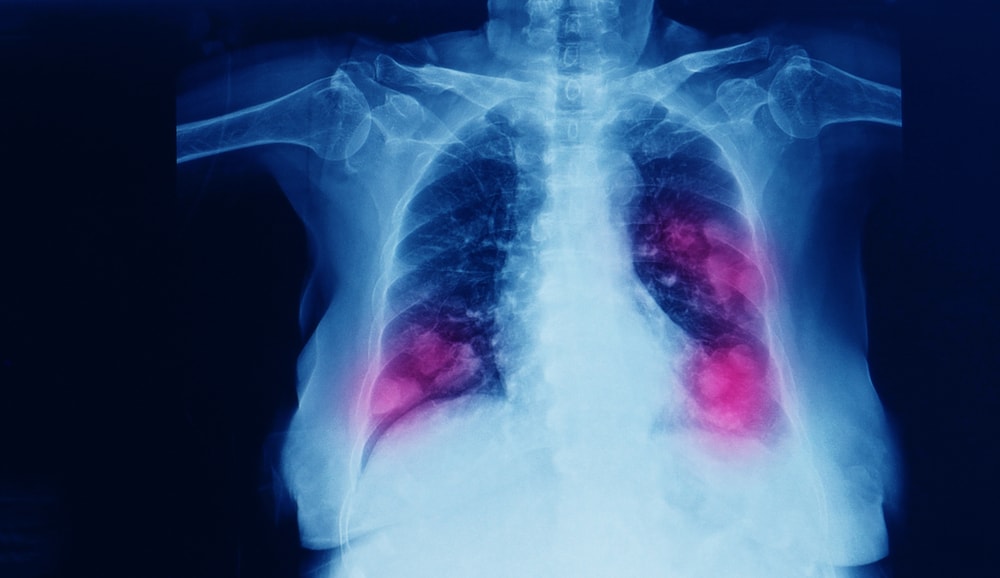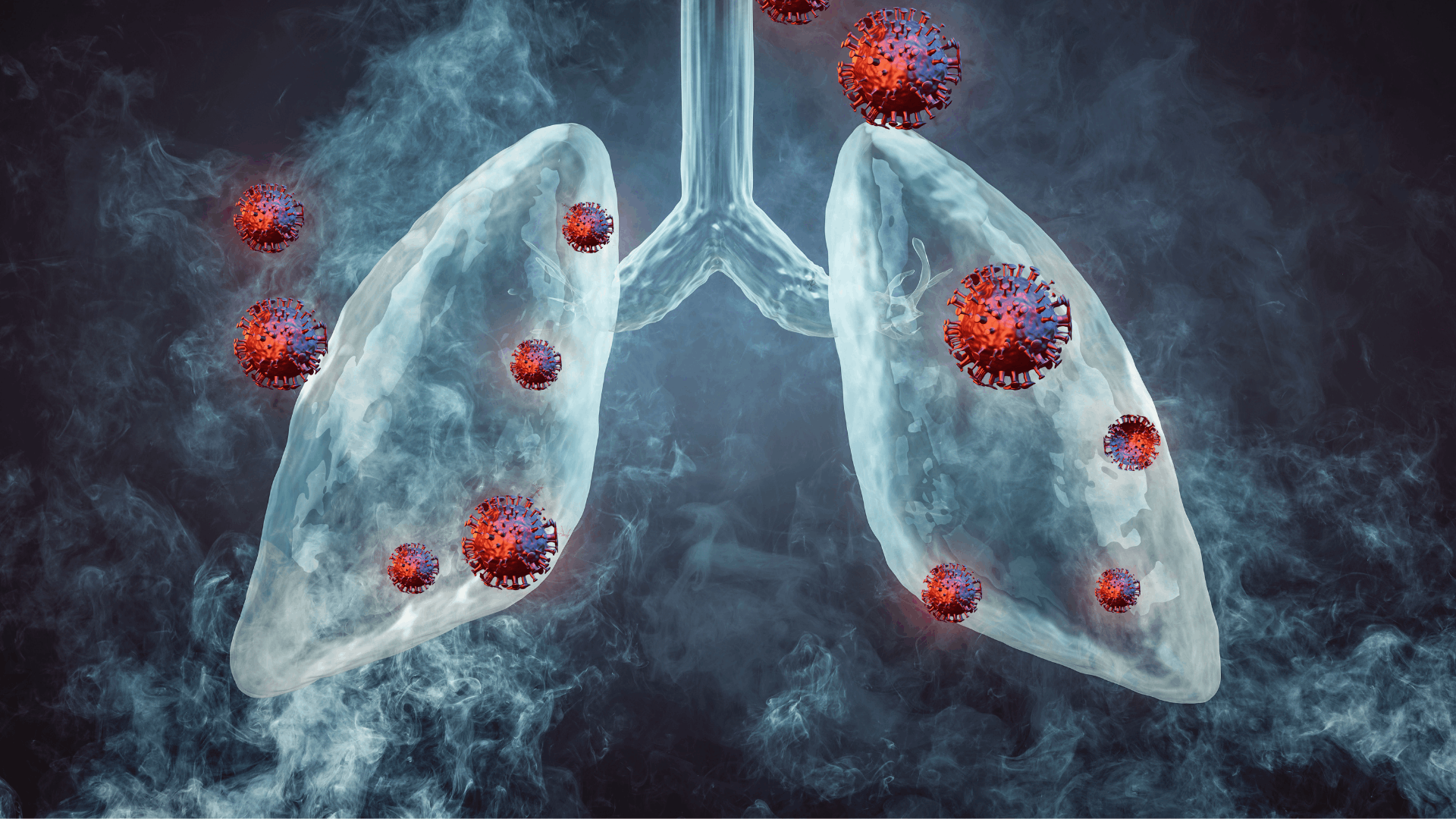
Information on Lung Cancer of Adenocarcinoma cells (A549) Inhibition Activity Testing Service
VISBIO Co., Ltd. offers services for testing and analyzing the inhibitory effects on Adenocarcinoma lung cancer cells (A549). This testing involves the cultivation of cancer cells in a 2D cell culture. It is suitable for in-depth research with the objective of developing herbal products capable of inhibiting Adenocarcinoma lung cancer cells (A549).
Lung cancer is classified into two groups based on histopathology and disease prognosis: Small cell lung cancer (SCLC) and Non-small cell lung cancer (NSCLC). Non-small cell lung cancer accounts for up to 80-85% of all lung cancers and is further divided into various subtypes, including Squamous cell carcinoma, non-squamous carcinoma, Adenocarcinoma, Large cell carcinoma, and Adenosquamous cell carcinoma. Adenocarcinoma, a subtype of lung cancer, is found in approximately 40% of all lung cancer cases, even in individuals who have never smoked. The A549 cell line is a human alveolar basal epithelial cell line derived from lung cancer, commonly used as a model for studying lung cancer and product development. If you are interested in analyzing the inhibitory effects on Adenocarcinoma lung cancer cells, please feel free to contact our company using the provided contact information.
Get to Know Lung Cancer
In recent times, lung cancer is increasingly diagnosed in younger individuals. According to public health statistics in 2019 by the Ministry of Public Health, Thailand, it was reported that more than 17,000 people are diagnosed with lung cancer per year. Data from the National Cancer Institute in 2021 also revealed that lung cancer ranks as the 3rd most common cancer in Thai males and the 4th most common in Thai females. The World Health Organization (WHO) classifies lung cancer into two major groups based on histopathological and disease prognosis, which are small cell lung cancer (SCLC) and non-small cell lung cancer (NSCLC).
Non-small cell lung cancer accounts for up to 80-85% of all lung cancer cases. Within this group, there are several subtypes, including Squamous cell carcinoma, the most frequently encountered, and Non-squamous carcinoma, further divided into various subtypes such as Adenocarcinoma, Large cell carcinoma, and Adenosquamous cell carcinoma. Adenocarcinoma, a subtype of lung cancer, is found in approximately 40% of all lung cancer cases, even in individuals who have never smoked. Moreover, its incidence continues to rise, especially among females. This type of lung cancer is often found in the glands that produce lung mucus or the bronchial tubes. Today, Adenocarcinoma lung cancer is treatable with a wide range of new and highly effective medications, offering promising treatment outcomes.
Lung Cancer Risk Factors
The risk factors for lung cancer include:
- Smoking or exposure to cigarette smoke, which is a major cause of lung cancer, accounting for up to 80-90% of cases. Cigarette smoke contains several carcinogenic substances such as nitrosamines benzo(a)pyrene and diol epoxide. Those who smoke cigarettes are at a significantly higher risk of developing lung cancer compared to non-smokers, with heavy smokers having a risk over 10 times greater. People who live with regular smokers also face a higher risk, at least 2 as likely, to develop lung cancer. Smoking has been found to be associated with the development of squamous cell lung cancer and small cell lung cancer, whereas adenocarcinoma is less strongly linked to smoking. Smoking contributes to approximately 80% of male lung cancer deaths and 75% of female lung cancer deaths. Moreover, non-smokers exposed to secondhand smoke frequently (secondary smokers) have a higher lung cancer risk compared to those unexposed to smoke.
- Exposure to carcinogenic chemicals such as asbestos, diesel fumes, and radon gas increases the risk of developing lung cancer significantly, up to 5 times more than the general population.
- History of lung diseases like tuberculosis or emphysema may elevate the risk of lung cancer.
- Family history of cancer can increase one’s susceptibility to lung cancer.
- Air pollution, particularly fine particulate matter (PM2.5), in the atmosphere is another contributing factor to lung cancer.
Lung Cancer Symptoms depend on the location of lung cancer cells in the body. In most cases, individuals may experience chronic coughing, which sometimes includes coughing up mucus or blood. Other symptoms can include fatigue, shortness of breath, chest pain while breathing, and a sudden, unexplained weight loss over a short period. When lung cancer cells spread to the brain or the spine, patients might experience weakness in the limbs, seizures, urinary retention, and bowel incontinence. On the other hand, if lung cancer cells spread to the bones, it can lead to severe bone pain.
For diagnosing lung cancer, numerous modern methods have been developed, including computed tomography (CT) scans, magnetic resonance imaging (MRI), positron emission tomography (PET) scans, and bronchoscopy. It is essential to confirm the diagnosis through a histopathological examination of tissue samples. This helps determine the type of cancer, the extent of its spread, and whether it originated in the lungs or spread from other organs.
Adenocarcinoma human alveolar basal epithelial cells (A549)
Adenocarcinoma human alveolar basal epithelial cells (A549) are lung cancer cells cultured from humans. They are a commonly used model for studying lung cancer and developing products. These cells are studied to understand their anti-cancer properties both outside and inside of microplates or Well Plate under 2D or 3D Cell Culture using cell culture media.
Testing method for Adenocarcinoma human alveolar basal epithelial cells (A549) lung cancer cells cultured for anti-lung cancer
Currently, there is development of herbal products, herbal extracts, dietary supplements, or drugs for use in nurturing or combating lung inflammation. The effectiveness of these products can be tested at the cellular level regarding their toxicity to cancer cells, inhibitory properties, or the appropriate concentration for cancer cell inhibition. Testing involves taking cells or tissues obtained directly from living organisms and culturing them under controlled environmental conditions to allow cancer cells to grow, divide, or increase in number, closely resembling cancer cells grown in laboratory animals or within a patient’s body. Cell-level studies serve as a preliminary test before further analysis in animal testing or clinical trials.
Figure demonstrating an example of 2D cell culture in an in-vitro setting used for studying cell biology and cancer research (Gaebler et al., 2017).
Testing the inhibition efficacy of Adenocarcinoma human alveolar basal epithelial cells (A549) lung cancer cells using the MTT assay
The testing of the inhibitory efficacy of Adenocarcinoma human alveolar basal epithelial cells (A549) lung cancer cells, cultured at the cellular or in microplates or Well Plate, is done using the Methyl tetrazolium 3-[4,5-Dimethylthiazol-2-yl]-2,5-diphenyltetrazolium bromide (MTT) assay. The MTT assay is a method for testing the inhibition efficacy of cancer cells in microplates based on the enzymatic activity of dehydrogenases in mitochondria. The yellow color of MTT (3-[4,5-Dimethylthiazol-2-yl]-2,5-Diphenyltetrazolium Bromide) dye is converted to a purple formazan compound.
Therefore, formazan is used to indicate cell viability. Dead cancer cells will appear colorless, and live cancer cells will produce purple formazan inside the cells. When dissolved in a solvent like DMSO, it results in a blue-purple solution that can be quantified for absorbance using a spectrophotometer. This absorbance is directly proportional to the amount of live cells. Subsequently, the data is used to calculate the percentage of cell survival compared to a standard substance, reporting the results as the percentage of cancer cell inhibition or Half maximal inhibitory concentration (IC50).
Literature:
- ทะเบียนมะเร็งระดับโรงพยาบาล, สถาบันมะเร็งแห่งชาติ กรมการแพทย์ กระทรวงสาธารณสุข, พ.ศ.2564
- มะเร็งปอด ทุกระยะดูแลได้, โรงพยาบาลศิริราช ปิยะมหาราชการุณย์
- โรคมะเร็งปอด, คณะแพทยศาสตร์โรงพยาบาลรามาธิบดี มหาวิทยาลัยมหิดล ศูนย์ความเป็นเลิศด้านโรคมะเร็ง
- สุพัตรา โพธิ์เอี่ยม, อินทิรา เพชรทับทิม, เกษม สร้อยทอง, ความเป็นพิษต่อเซลล์ของ Beauvericin และสารสกัดหยาบที่ได้จากเชื้อราสกุล Beauveria sp., วารสารวิจัยราชภัฏพระนคร ปีที่ 7 ฉบับที่ 1 มกราคม-มิถุนายน 2555
- Travis WD, Brambilla E, Nicholson AG, et al. The 2015 World Health Organization Classification of Lung Tumors: Impact of genetic, clinical and radiologic advances since the 2004 classification. J Thorac Oncol 2015; 10: 1243-1260.
